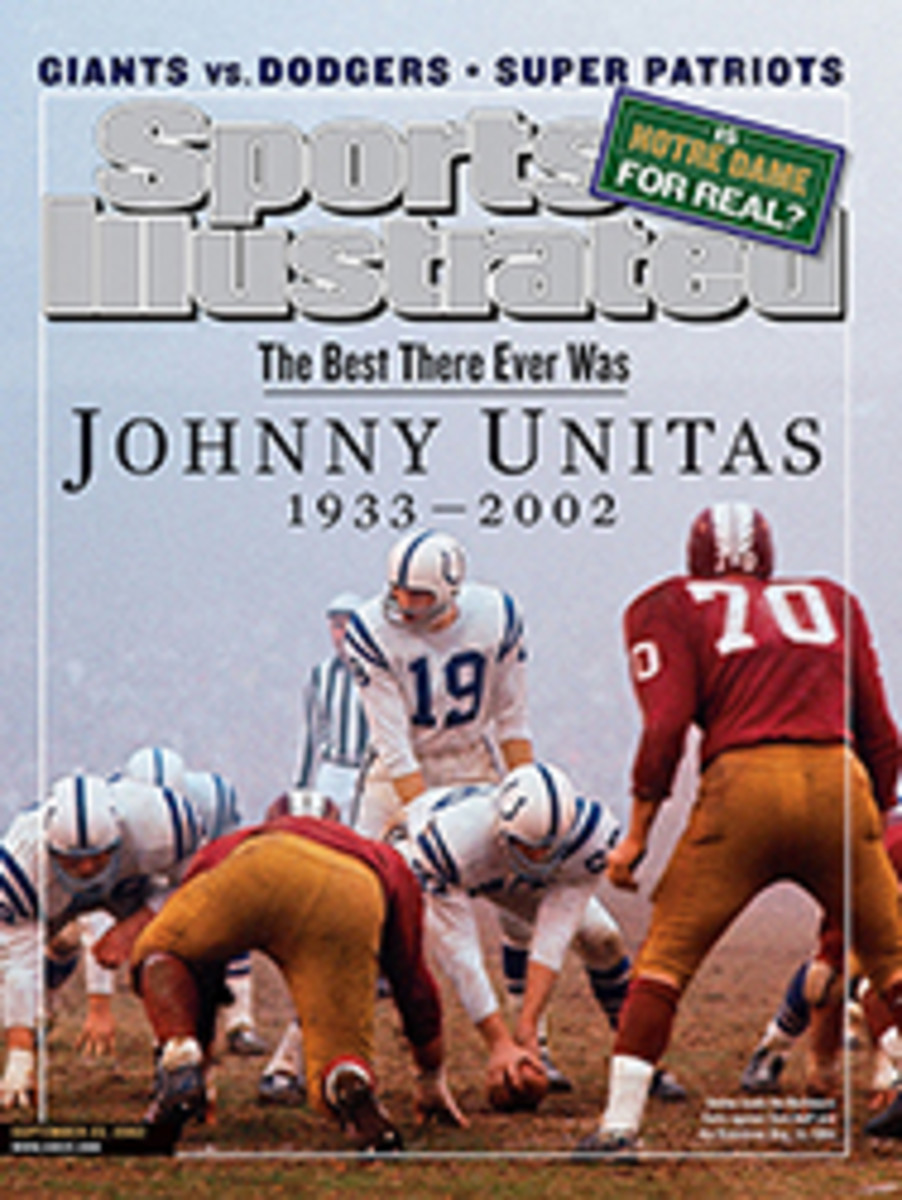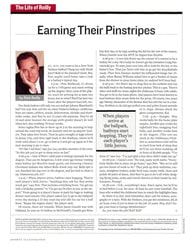
Big Play Billy Andrade has retooled his swing in search of more consistency, but it let him down on Sunday, costing him the Pennsylvania Classic
With all due respect to Dan Forsman, who eagled the 72nd hole,
Billy Andrade lost the Pennsylvania Classic as much as Forsman
won it. On the 10th hole of the final round Andrade missed right
of the fairway with his tee shot and made a double bogey. On the
par-5 15th he sailed a wedge from 115 yards over the green,
leading to a bogey. Then, needing a birdie on the par-5 final
hole to force a playoff, he again lost his tee shot (above) to
the right, into a fairway bunker. He made par and lost by a
stroke. All three misses were the result of a distinctive action
that Andrade calls his slash--taking the club outside the swing
plane during his backswing to produce a power fade. Desperate to
reduce his number of missed cuts, Andrade went to this swing in
2000. The problem is that he must manipulate the club on the
downswing, and under pressure this motion can break down.
BAG IT Andrade's trouble with his driver reminds me of my students
who say, "I need a driver lesson." I tell them, "No, you need a
more lofted club." Although most players think they swing better
with a seven-iron than a driver, the reason a seven-iron goes
straighter is because its extra loft imparts more backspin and
less sidespin. My suggestion to players having trouble with the
driver is to keep it in the bag and swing a more lofted club.
PRESSURE COOKER After winning his first tournament in 10 years,
Forsman credited a long-ago moment with Jack Nicklaus for giving
him the composure to sink his winning 22-foot eagle putt. It's a
story from which we could all take a lesson. In the final round
of the 1993 Masters, Forsman trailed leader Bernhard Langer by a
shot when he dumped two balls into Rae's Creek at the par-3 12th.
Forsman then told Nicklaus, his playing partner, that he was so
tense he couldn't feel the club. Nicklaus responded by winking at
Forsman and saying, "It's something, isn't it?" Following the
Pennsylvania Classic, Forsman said, "He's the greatest ever, and
even he has those moments where the club doesn't feel the same
because of the pressure of the moment." This memory helped eased
some of the stress for Forsman, who put a solid stroke on the
left-to-right eagle putt--unlike the tentative efforts he had made
on missed birdie tries at 16 and 17.
CAPTAIN AMERICA Curtis Strange is the quintessential Ryder Cup
captain. He's gritty. He's nasty. He's determined. And I think he
will inspire his charges to play their best, which will be
crucial for a U.S. side stocked with slumping players. My
prediction: Led by Strange, the Americans will retain the Ryder
Cup in a compelling competition.
Brad Redding is the director of instruction at Hartefeld National
in Avondale, Pa., and one of Golf Magazine's Top 100 teachers.
FOUR COLOR PHOTOS: COURTESY OF ESPN (TOP)
COLOR PHOTO: PORTER BINKS ADDRESS
COLOR PHOTO: PORTER BINKS NO
COLOR PHOTO: PORTER BINKS YES
THE TIP
Along with the setup and the grip, the takeaway is one of the
three most important parts of the swing. Here's a drill to
determine whether you're starting the club inside or outside the
plane or, ideally, along the proper plane.
ADDRESS Several inches outside of the ball, lay down an 18-inch
row of tees extending away from the target line. Along the inside
of the clubhead set down a six-inch row of tees parallel to the
outside row.
NO Begin your takeaway. If the clubhead touches one of the
outside tees, you're starting the club too far outside.
YES During a proper takeaway you should move the club back
gradually to the inside, but not so much that it touches the
inside tees.
As Andrade proved on Sunday, a proper plane is crucial to a
reliable golf swing.

